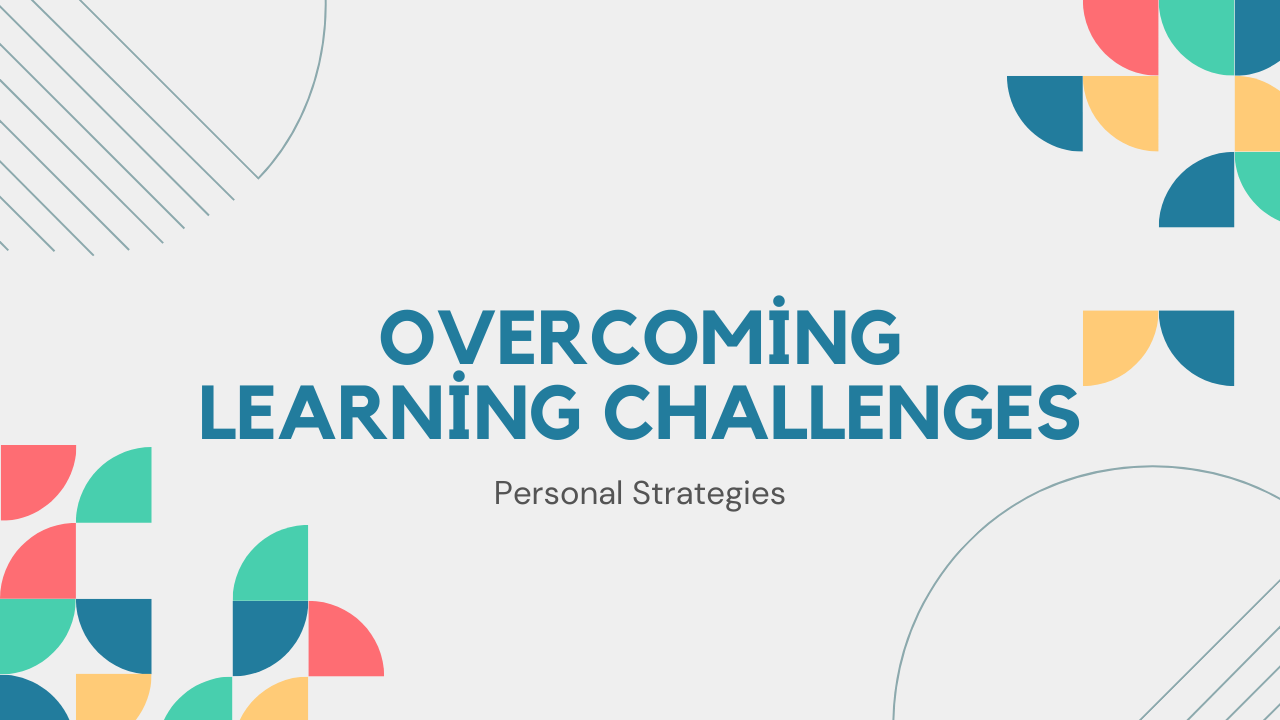As someone who’s battled with learning challenges throughout my academic journey, I’ve discovered that textbook solutions often fall short in the real world. This article shares my personal experiences and the unconventional strategies I’ve developed to tackle three persistent demons: procrastination, digital distractions, and studying with ADHD.
Procrastination Busting: Beyond the Basics
Procrastination and I go way back. It wasn’t until I dug deep into the psychology behind my procrastination that I finally started making progress.
Unmasking Your Procrastination Persona
During my sophomore year, I realized I was what I now call a “Perfectionist Procrastinator.” I’d put off starting essays because I was terrified they wouldn’t be good enough. This revelation was a game-changer.
I once stayed up for 36 hours straight to write a 20-page paper I had known about for months. The result? A mediocre grade and a week of feeling like a zombie. This experience forced me to confront my perfectionism and develop healthier study habits.
The “Eat the Frog” Method: A Gourmet Approach
I stumbled upon this method by accident when I started tackling my calculus homework first thing in the morning – not because I loved math, but because I dreaded it the most.
I keep a small rubber frog on my desk. It’s silly, but seeing it first thing in the morning reminds me to tackle my most challenging task right away. My roommate thinks I’m crazy, but it works!
Procrastination Inoculation: Building Resistance
This technique grew out of my frustration with traditional time management advice. Instead of trying to eliminate procrastination entirely, I learned to work with it.
I used to beat myself up for procrastinating, which only made things worse. Now, I schedule short “procrastination breaks.” Knowing I have 10 minutes to scroll through social media guilt-free actually helps me focus better during study sessions.
Taming the Digital Beast: Managing Modern Distractions
As a child of the digital age, I’ve had to work extra hard to manage online distractions. Here’s what’s worked for me:
Creating a Digital Detox Den
This idea was born out of desperation during finals week of my junior year. I was constantly distracted by notifications, so I transformed my closet into a study space.
My “den” is literally a cleared-out closet with a small desk, a lamp, and a comfy cushion. It’s not glamorous, but it’s become my productivity sanctuary. No screens allowed!
The “Attention Muscle” Workout
I developed this technique after realizing my attention span had shortened dramatically since starting college. It was like my brain needed to go to the gym.
When I started, I could barely focus for 10 minutes without checking my phone. Now, after months of “working out” my attention muscle, I can study for 45-minute stretches without digital interruptions.
Mindful Tech Use: The Middle Path
This approach came from my love-hate relationship with technology. I recognized its benefits for learning but also its potential for distraction. Research has even shown that mindfulness training can help reduce distractions and improve focus.
I use the Forest app, which gamifies staying off your phone. Every successful study session grows a virtual tree. I’ve turned it into a competition with my study group – we compare our “forests” at the end of each week.
ADHD and Academics: Strategies for Success
As someone diagnosed with ADHD in college, I had to quickly develop strategies to succeed academically. Here’s what I’ve found most helpful:
The Pomodoro Technique: ADHD Edition
The traditional Pomodoro Technique never worked for me – 25 minutes felt like an eternity. So, I created my own ADHD-friendly version.
I use 15-minute focus sessions followed by 5-minute dance breaks. Yes, actual dancing. It sounds weird, but that burst of movement helps reset my brain for the next round of studying.
Visual Velocity: Harnessing the Power of Imagery
Discovering my visual learning style was a breakthrough moment in managing my ADHD.
I’ve covered one wall of my room with a giant mind map of my semester’s coursework. It’s a colorful, ever-evolving masterpiece that helps me see connections between different subjects. My friends joke that I’m like a detective in a crime movie, but it keeps me engaged with my studies.
The “Body Doubles” Study Method
This technique saved my GPA during the shift to online learning. The accountability of studying with others, even virtually, helps keep my ADHD brain on track.
I have a standing Zoom study date with a friend in a different time zone. We don’t chat much, but just seeing each other working on our respective tasks helps us both stay focused. It’s like having a gym buddy, but for studying.
Remember, these strategies are starting points based on my personal experiences. The key is to experiment and find what works for your unique brain and learning style. It took me years of trial and error to develop these techniques, and I’m still learning and adapting.
By sharing my journey in addressing procrastination, managing digital distractions, and optimizing study methods for ADHD, I hope to inspire you to find your own path to academic success. Remember, it’s not about being perfect – it’s about making progress, one study session at a time.

1 comment